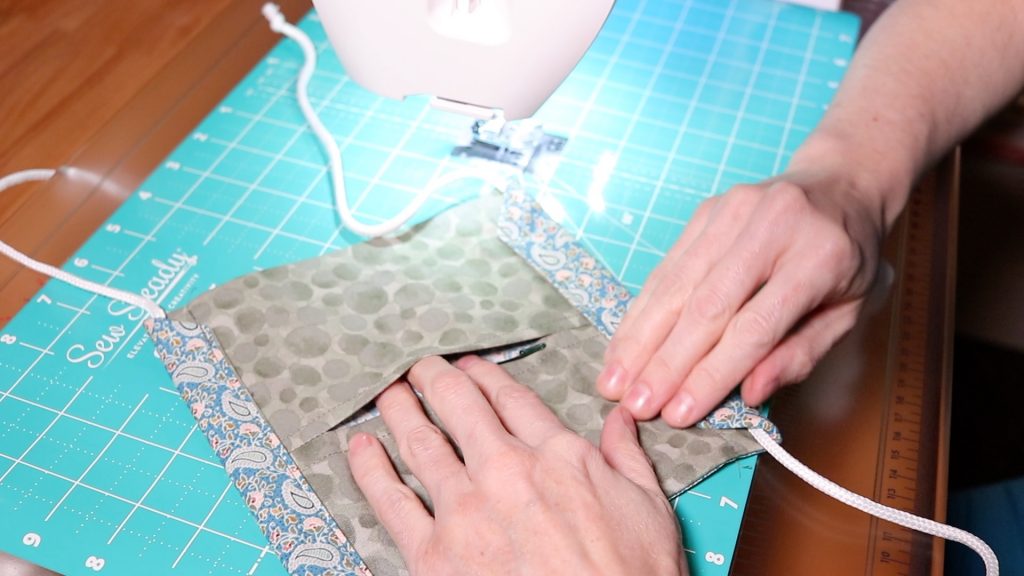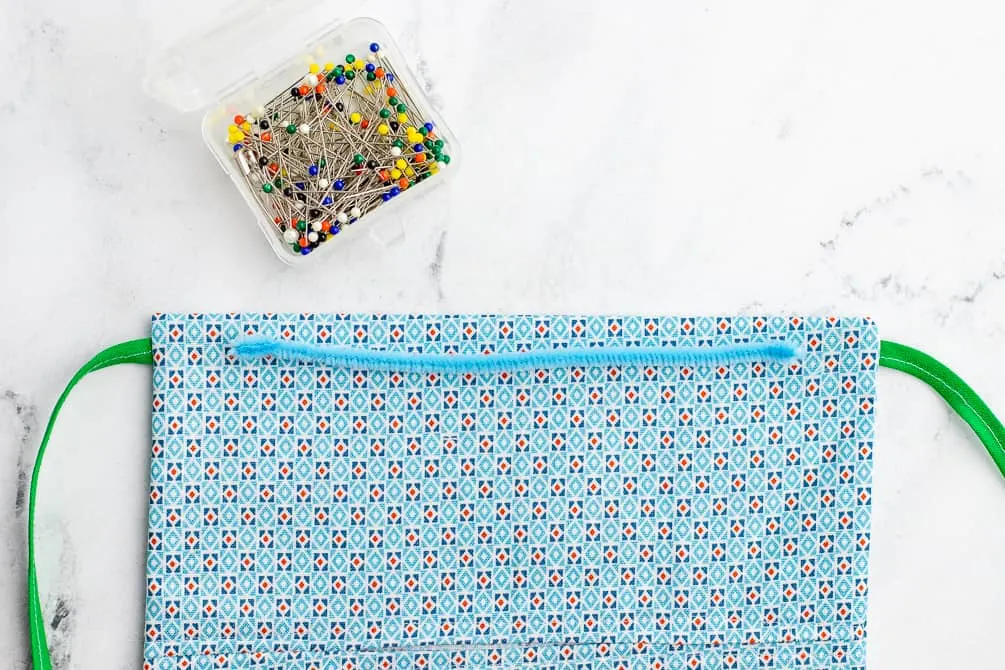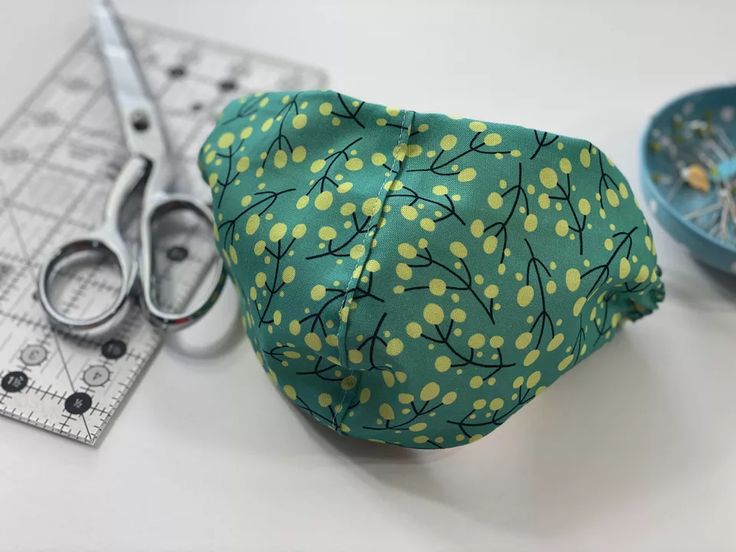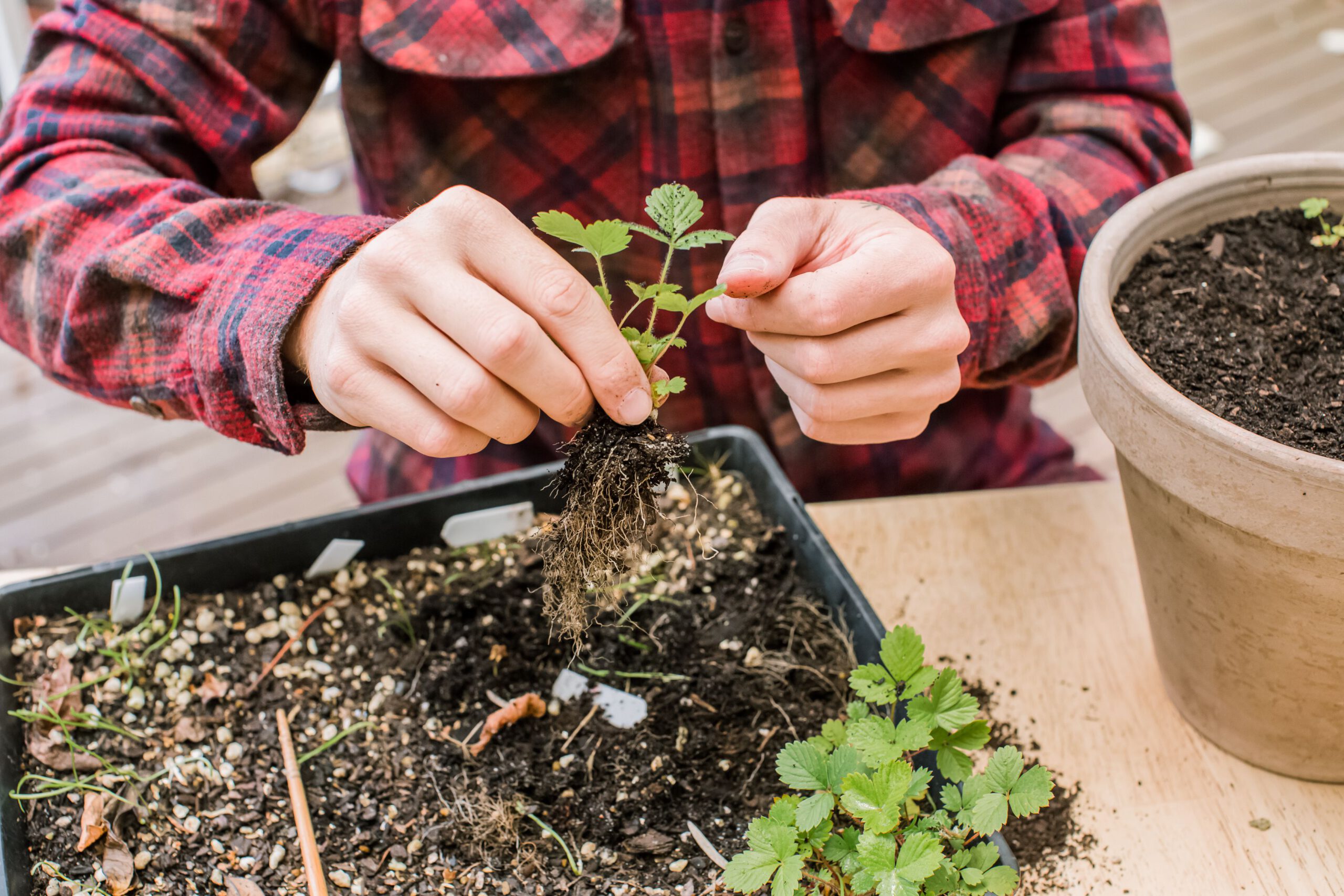Ballpoint permanent water-based ink stains are one of the most common and frustrating stains to deal with. The good news is that there are several ways you can tackle this stain yourself before having to call in a professional or replace an expensive garment.
Here’s what you should do if you get ballpoint permanent water-based ink on your clothes, carpeting, upholstery, wood floors, or any other surface. Before anything, never wash and dry your clothing before removing ink stains, as the dryer will set the stain and make it nearly impossible to remove.
If the garment is washable, immediately put stain remover on both sides of the fabric and scrub with a toothbrush or other small brush. After you’ve done this, get a clean towel wet with water and lay it over top of the stain for about 15 minutes until the ink transfers onto the towel.
What You’ll Need
Shallow bowl or tubLiquid laundry detergentClean, dry towels or cloths
Determine the Kind of Ink You’re Dealing with
Not all pens are ballpoint pens, and different pens use different kinds of ink that need to be removed in different ways. For ballpoint pen ink, the most effective way to get rid of it is by rubbing alcohol or nail polish remover together with a clean, dry rag or towel. While fountain pen ink can be soaked up using egg white.
For marking pen ink, use rubbing alcohol and hydrogen peroxide, and for permanent marker stains, use nail polish remover, rubbing alcohol, and a clean, dry towel. But for stamp pad inks and permanent ink markers, need to be done in dry cleaning. Pens also have different ways of getting rid of their stains.
For traditional ballpoint pens, rubbing with a dry towel or rag is usually effective, but gel pens have highly pigmented ink that can be removed with nail polish remover and rubbing alcohol. So, it’s important to check any online office store to search for the model of the ballpoint pen, whether it’s a gel pen or a rollerball.
Blot the Stain
One way of getting rid of a pen stain is to blot it carefully with a paper towel. But try to avoid making the stain bigger while doing so. Paper towels may cause the ink to spread, but they are effective in absorbing stains compared to the cloth or other materials that can also damage your clothes.

Image caption: https://blog.neighbor.com/
The process involves applying pressure on the area and rubbing it carefully. In that case, apply water to the stained area, then use a clean cloth to dry it. While blotting, the stain should be transferred to the cloth because it can absorb more ink compared to paper towels.
Remove the Stain with Toothpaste
This works best when you can use an old toothbrush or toothpaste to clean the pen stains on the clothes. This is just like what dentists do when they apply a small amount of toothpaste to remove plaque and stains from teeth, except for this time, it will be used for removing scars left by ink.
Toothpaste contains baking soda and hydrogen peroxide, which both work as bleaching agents and thus cause the ink stain to fade away. However, do not use toothpaste on silk or any other form of delicate clothing item because the substance may cause damage to the material.
Make a paste with just enough water to create a thick texture that is not too runny. Apply the paste onto the stain by brushing it over the affected area, then leave it on for an hour before rinsing off with soap and warm water.
Blot the Stain with a Rubbing Alcohol
You can use a paper towel or clean cloth to blot rubbing alcohol on the stain. This will help to dilute the stain, making it easier to remove in the wash. The towel underneath may become wet and soiled from the ink leaching out.
So, dry the area as soon as you blot it. Repeat this process until there are no more ink stains to remove, then rinse the stained area with cold water and dry it. This may completely free up rubbing alcohol. If you’re trying to get rid of ballpoint pen ink after using the rubbing alcohol, then you’ll need to apply regular DIY laundry detergent onto the area and leave it for three to five minutes.
Soak the Stained Cloth in Milk
Soak the ink-stained cloth in milk for about half an hour and then scrub the stain gently with a toothbrush, cuticle brush, or soft-bristled brush. The fat content of the milk will help break down the ink stains, making it easy to remove using other methods that you can think of, like water or basic laundry detergent.
Do not soak the entire garment but soak the stained area only. After that, rinse thoroughly with warm water. Pen ink is made of a water-soluble base, and milk contains a large percentage of fat. The properties in milk will help break down the ink stains, making it easier to remove them with other methods.
Use Hand Sanitizer
Using hand sanitizer on pen stains is great as it contains alcohol, which you use to remove the pen ink in your garment. Soak a cotton ball with hand sanitizer and apply it to the stained area. Let it rest for some time before you rinse it off completely.
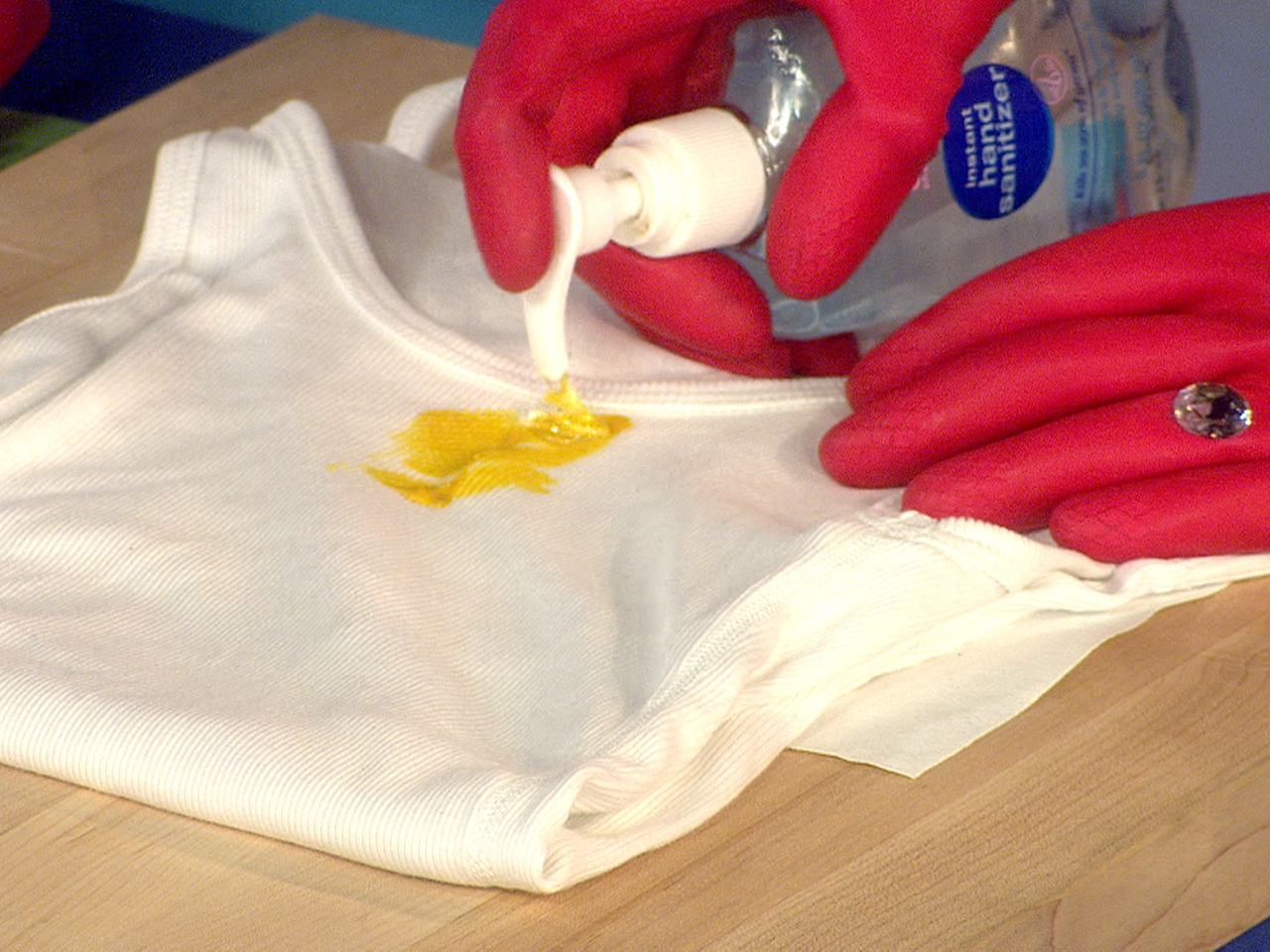
Image caption: https://media-cldnry.s-nbcnews.com/
Treat Ink Stain with Alcohol and Vinegar
You can also treat the pen ink stains with a combination of alcohol and vinegar. Take equal parts of each ingredient, mix them into a bowl. Use this solution on the stained area and rest for 15 minutes, rinse it off completely using water only. Make sure the fabric is thoroughly saturated with this solution. Pour some table salt on the stained area, then wait for ten minutes. After that, scrub the ink stain with a soft brush and rinse with hot water.
Check the Fabric and Wash the Cloth
Place the stained cloth or clothing on a flat surface. Check for colorfastness before using any home remedy to remove pen ink stains. If it is a washable marker, apply the solution of mild soap and water, let it rest for five minutes, and then rinse with plain water. Once you are satisfied with the results, launder as usual.
After the stain is gone, use hot water to rinse the area once again. Dry the clothing by rolling it in a towel to soak up any excess moisture. Make sure the hot is safe for your fabric. For stubborn stains, mix a solution of oxygen-based bleach and cool water. Wet the stained fabric and apply a small amount of solution.
Let it stand for five minutes, then rinse with warm water until all traces of the bleach are gone. If the stain persists, mix a fresh solution and repeat the cleaning process. Make sure the stain is removed completely before drying your clothes.
Treat the Ballpoint Stain with Ammonia
Put on rubber gloves and use an eyedropper or cotton swab to add five to six drops of ammonia solution in a bowl of water if you want to remove ballpoint pen ink from the carpet. Soak a small piece of cloth in the ammonia solution and apply it to the stained area. Let it dry for several minutes, then rinse with warm water. If the stain responds to this treatment, repeat until the stain is removed. Do Not Mix Ammonia with Chlorine Bleach.
Treat Stains with Sandpaper
Suede and other fabrics with a napped surface consist of many filaments, making ink stains remain on the surface. You can get rid of this by rubbing the stains with sandpaper. This way, you can remove ink stains from suede shoes and other items made of napped fabric.
You can also use an old toothbrush or nylon brush if you don’t have sandpaper. Do not use more force, as this can damage the fabric any further. Test it on an inconspicuous area first to make sure it doesn’t damage the fabric.
Treating Ink Stains with Nail Polish Remover
Another method to remove ink stains from suede or fabric items is by treating them with nail polish remover. It has acetone content that can break the stain-ink complex, so this way, you can easily clean out the stain, making it look as good as new.
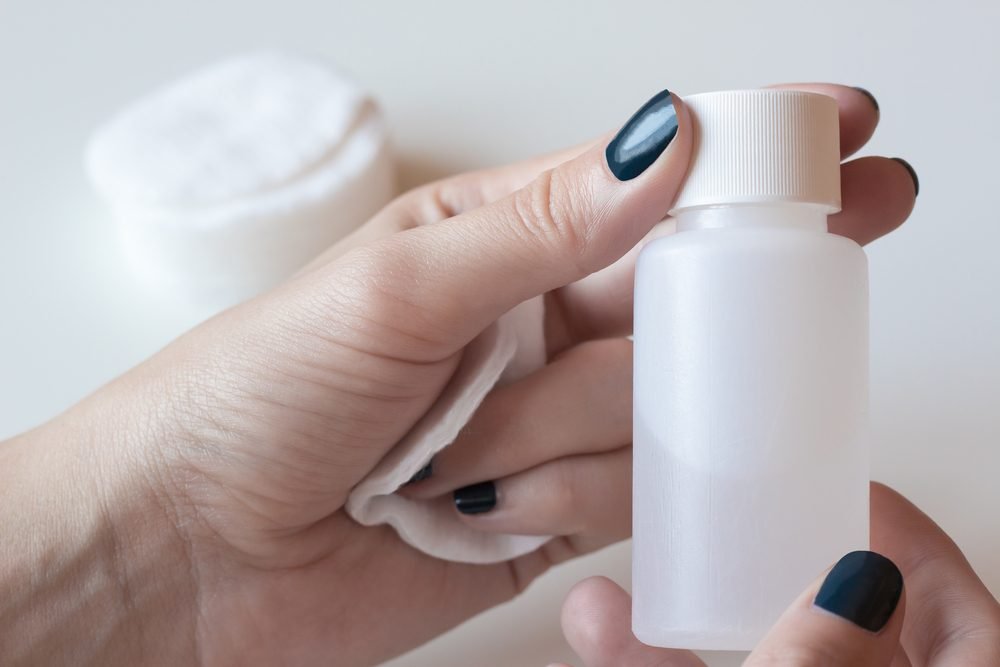
Image caption: https://www.rd.com/
Although it can work well on tough ink stains, nail polish remover can damage your fabric. So, test it on an inconspicuous area first to make sure it doesn’t damage the fabric. Make sure you move the stained area in a clean, dry cloth and wipe them with a clean cloth dipped in the nail polish remover. Rinse it completely from the fabric, making sure it doesn’t have acetone content.
Treating Ink Stains with Body Spray and Lemon Juice
Body Sprays are good for treating fresh ink stains. This is because body sprays contain alcohol, breaking down the ink, making it easier to clean. If you have a ballpoint pen or permanent marker stain on your clothes, spray the stain with plenty of lemon juice and leave it covered for an hour before washing. To speed up this process, use hot water instead of cold water while washing.
Experiment with other Methods
Gel ink formula differs from ink formula for ballpoint pen. You can experiment with methods using hairspray, baby oil, rubbing alcohol, or peanut butter using different methods of application and time duration. Always ensure you rinse your clothes between methods.
FAQs on How to Remove Ballpoint Permanent Water-Based Ink
Can you remove pen ink using baking soda?
Baking soda can remove ink stains, but it does not affect ballpoint permanent water-based ink.
How do you remove a permanent ballpoint?
Permanent ballpoint can be removed using rubbing or ethyl alcohol, baby oil, hairspray or peanut butter.
How do you remove permanent ink from t-shirts?
You can remove permanent ink by applying pressure with a spoon on the affected area and then washing it in hot water.
Final Thought on How to Remove Ballpoint Permanent Water-Based Ink
As you can see, removing a ballpoint permanent water-based ink stain can be a bit of a hassle. If you don’t have the time or patience to deal with these stains by hand, it is best to take your garments to a dry cleaner who will have the proper equipment and chemicals to easily remove them.
The post How to Remove Ballpoint Permanent Water-Based Ink appeared first on Kitchen Infinity.
Did you miss our previous article…
https://chefbuano.com/?p=183

